Meet the Ted Lasso of the L.A. Marathon

- Share via
By Mary Forgione
Design and illustrations by Micah Fluellen
Paul Trapani faces a task this Sunday that most of us would find beyond daunting: transporting 3,100-plus student runners to the start of the Los Angeles Marathon at Dodger Stadium by the early morning start time. Running bibs have to be distributed, gear bags stowed, 60 buses directed where to go, etc. He then has to reverse the process and pick them up — whenever they finish the 26.2-mile route — at the finish line in Century City. His day starts around 4 a.m.
“We have 200 school groups, as far north as Sylmar and as far south as Laguna Beach,” said Trapani, co-founder and program director of Students Run LA, or SRLA, which has just five employees. It’s a remarkable nonprofit organization that trains middle-school students to run the L.A. Marathon. You heard right: middle-schoolers. How do they get kids to stop playing videogames and get running? The program relies on volunteer leaders (mostly teachers at partner schools) to motivate kids on increasingly harder training runs for eight months of the year. These students aren’t track stars or athletes; they often attend schools in underserved neighborhoods. SRLA provides free training runs plus footwear and gear; marathon organizers provide free entry (which currently costs $209 for everyone else).

There’s not another program in the U.S. exactly like this, partly because Southern California’s mild weather allows almost year-round outdoor training and partly because, well, it’s hard to pull off. Not that Trapani thinks it’s hard. He co-founded the program in 1993 and though he no longer runs the marathon, remains committed to keeping it going.
During our conversation, Trapani delivered this SRLA truth that could be straight out of a “Ted Lasso” episode with the same plain-sense-drawl of Jason Sudeikis: “We’re not a marathon training program, we’re a character building program,” he said. “We’re not training better runners, we’re training better people.” (Read the group’s mission statement here.) That’s why SRLA doesn’t track which school group finishes first or which runners are the fastest. It’s not what the organization is about. I think that’s huge, considering how many kid sports, from soccer to baseball, center on winners and losers. Every SRLA student who completes the course wins — and receives a medal.
The student presence at the start line is mighty. Imagine 3,000 kids wearing identical bright SRLA shirts. I have seen SRLA runners on the route, sometimes running, sometimes walking, sometimes being encouraged by friends or teachers, but always moving forward.
One more marathon note: The 2022 Stadium to the Stars route starts at Dodger Stadium in downtown Los Angeles and continues to San Vicente Boulevard and Montana Avenue, where it doubles back through Westwood to finish at the Avenue of the Stars in Century City. Here’s a mile-by-mile map of the marathon course.
4 things to do this week
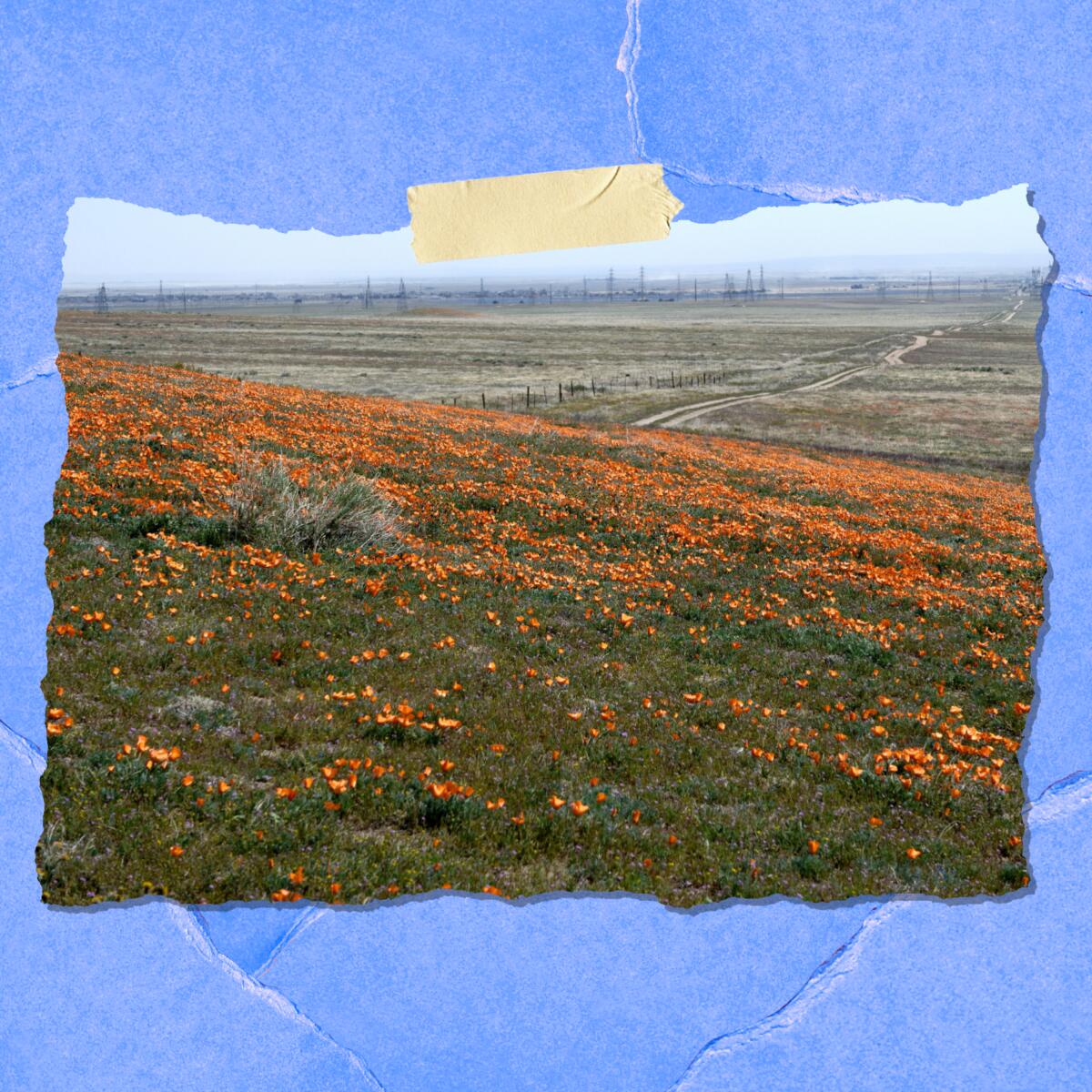
1. Curb your wildflower enthusiasm this season, but don’t despair. Wildflower season requires a bit of an attitude adjustment. Let’s start with California poppies, the state flower. Southern California didn’t get enough rain and optimal weather to produce carpets of blinding orange associated with superblooms. Still, poppies (Eschscholzia californica) are blooming at the Antelope Valley California Poppy Reserve in Lancaster, just not in huge numbers. Also, the show may be over in two to three weeks, according to the reserve’s Facebook page. Other flowers to see at the site include lacy phacelia at Kitanemuk Vista Point and grape soda lupine at the western end of the Tehachapi Vista Point Trail. Check out the Poppy Reserve’s webcam for updates too.
Aside from poppies, bush sunflowers, wooly blue curls, lupine, black sage, ceanothus and other plants are popping along trails in the Santa Monica Mountains. Two good places to check out in the western part of the range: the Mishe Mokwa Trail above Malibu and the Hidden Pond Trail/Coyote Trail in Point Mugu State Park. Find out more about what’s blooming and where on the Theodore Payne Foundation Wildflower Hotline online or calling [(818) 768-1802, Ext. 7]. Also, check out our guide to hiking in L.A. for more places to explore.

2. Ready for some wisteria hysteria? Head to Sierra Madre for the big bloom. The foothill community lays claim to the world’s largest blossoming plant. The Chinese wisteria planted in 1892 flourished in SoCal’s mild weather, growing branches that measured 500 feet by 1994, the year Guinness World Records made the claim official. The vine covers an entire acre. Wisteria (specifically Wisteria sinensis) blooms in light lavender clusters with a pleasant, sweet smell. You’ll find blossoms now draped on gazebos or gates in home gardens around L.A. Tickets are on sale for the Wistaria Festival in Sierra Madre from 9 a.m. to 5 p.m. March 27, where you can take a shuttle tour of the community, see the vine and enjoy musical performances and classic car shows. Tickets cost $10.
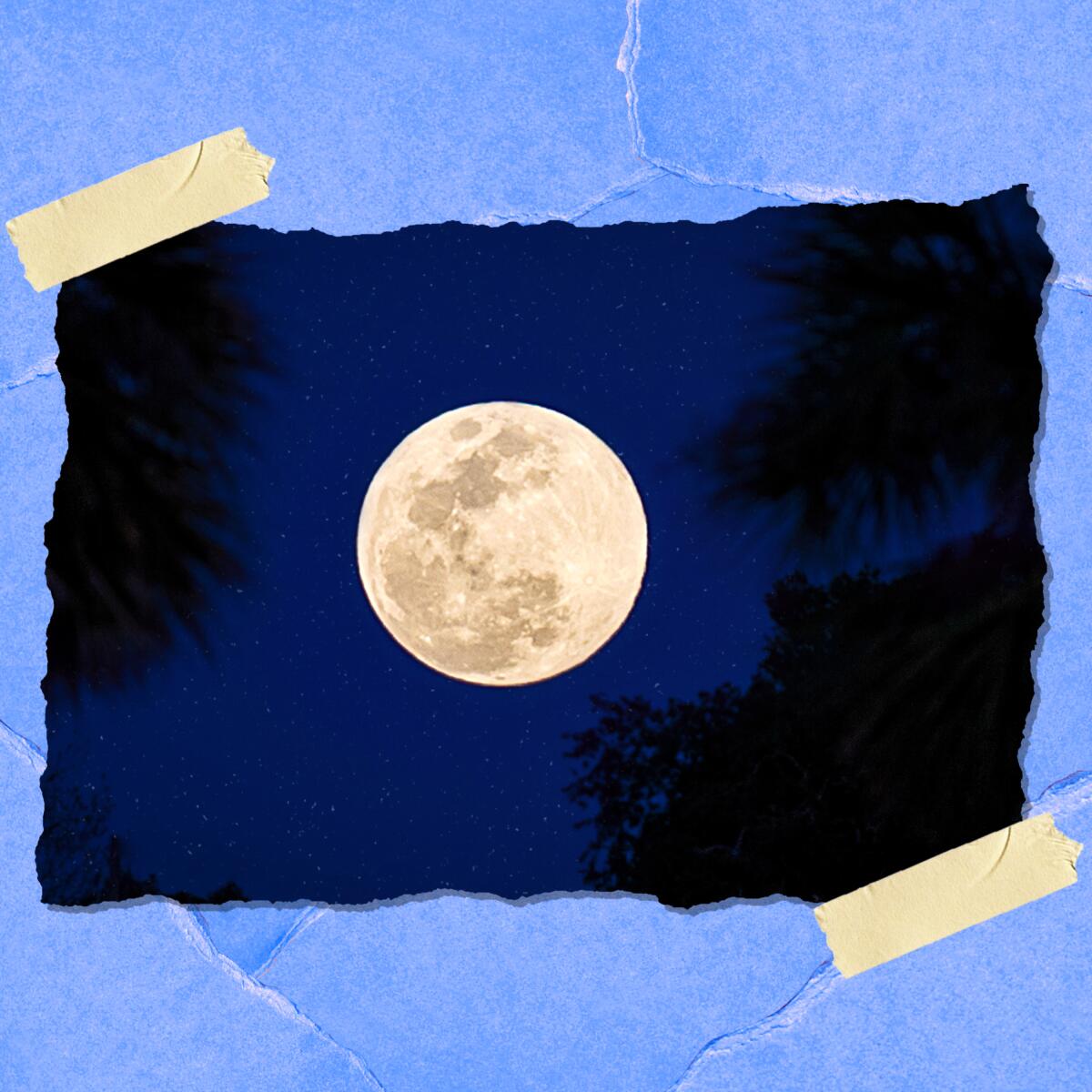
3. Take a Worm Moon group hike and yoga session in Griffith Park. Friday’s full moon is called the Worm Moon because it’s a time when earthworms emerge and the soil warms up. We Explore Earth invites hikers to explore parts of Griffith Park (Captain’s Roost and Griffith Observatory) and stay for an evening yoga session. Meet at 6 p.m., hike at 6:15 p.m. and take the yoga class (donation based) at 7:45 p.m. Check out We Explore Earth on Instagram for details on how to sign up.
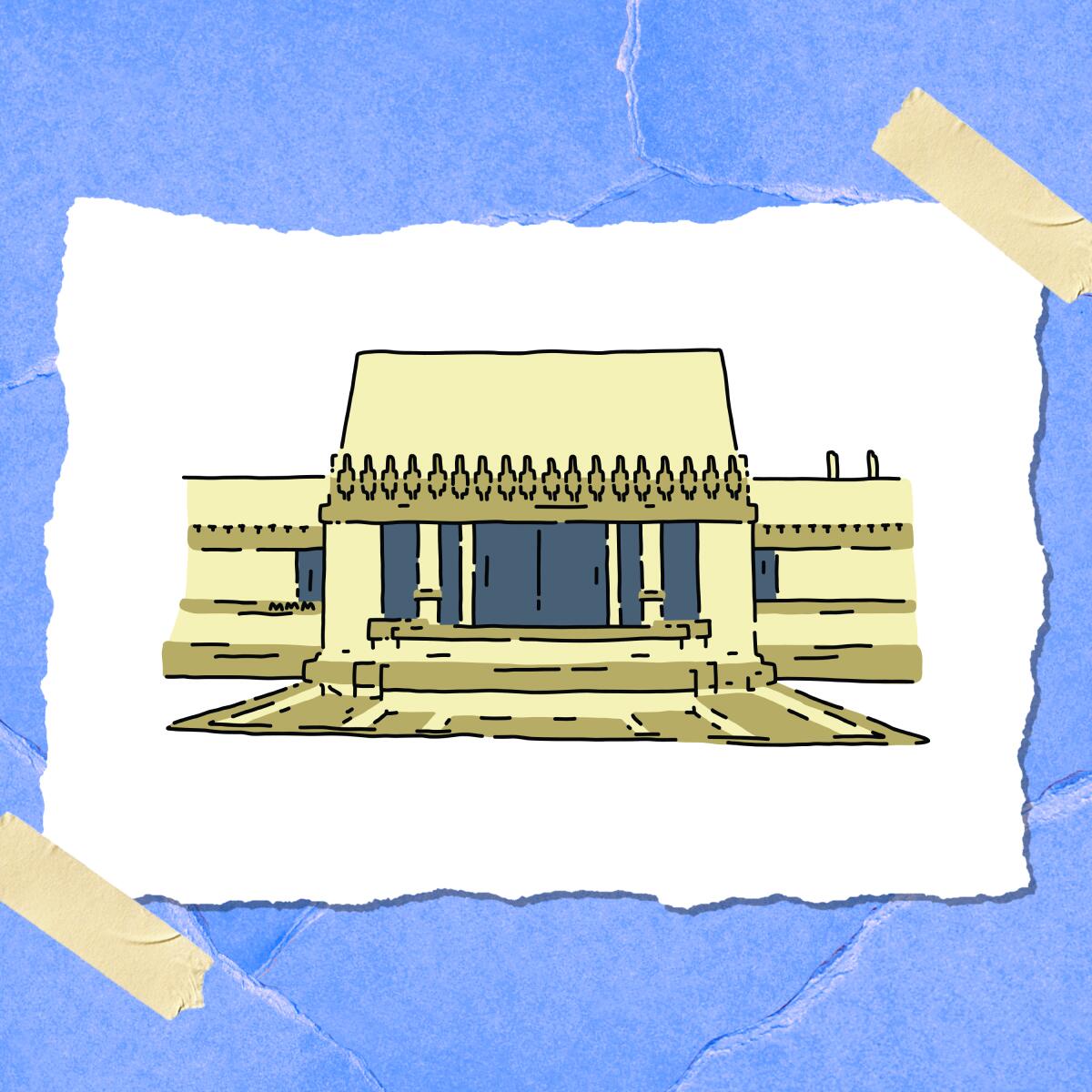
4. Everybody needs a hack for a fresh take on L.A., right? Thank me later. I was lucky enough to be asked to join a California Now podcast episode called “How to Hack Los Angeles.” You’ll hear me talk about favorite hikes as well as some under-the-radar cultural landmarks and how to spend a perfect day in my adopted hometown of San Pedro. I’m joined by chef and Food Network host Jet Tila, who demystifies Thai Town, and Smorgasburg Los Angeles general manager Zach Brooks, who takes listeners on a tour of the Sunday open-air market in downtown L.A. Give a listen here.
The must-read
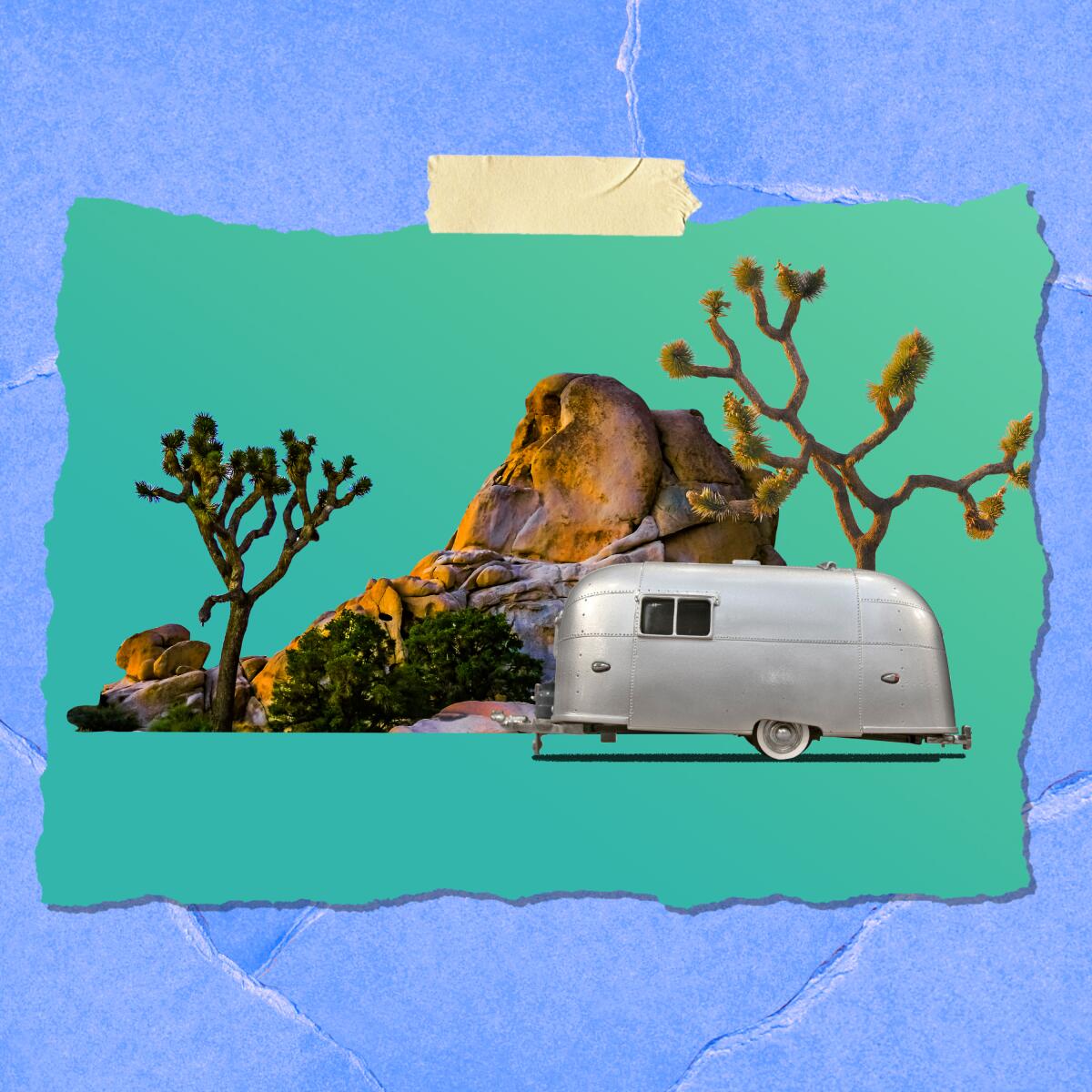
Joshua Tree is the new “it” place. Not just the national park with its stunning landscape but also the string of freedom-loving desert towns with locals and newcomers jostling ever closer together. “That’s the unique jumble you see now along the highway: Stetsons and Jetsons, rustic cabins and Airstream trailers, the occasional gay pride flag, the occasional Trump bumper sticker,” Christopher Reynolds said in this story. To understand the place, you need to look at all the influences, from ardent rock climbers to the Coachella Valley Music and Arts Festival, starting in mid-April after a two-year hiatus. But back to the Airstreams: What’s it like to stay in one? “If Brad Pitt hired Frank Gehry to make a desert bunker from military surplus material and then had Design Within Reach bring in some furniture, you’d get something like this,” Reynolds wrote about his stay at AutoCamp (warning: room cost $300 a night). For those who like some cultural fun before or after their hike/mountain bike ride/climb, here are 27 shops to bookmark for your next JTree trip (including the World Famous Crochet Museum).
Wild things

Copper beech trees aren’t all that common in Southern California. Still, I can relate to the pain Op-Comic by illustrator and author Kevin C. Pyle feels about the unnecessary loss of a copper beech (these are huge trees that grow 60 to 80 feet high) in his neighborhood. “The thing that most surprised me was how sad and angry it made my family and me feel,” Pyle wrote. “I realized how much we loved that tree.” With that loss comes more loss and then a poignant resolution — in less than a dozen artful panels. Check it out here.
Standouts

Never heard of Dick Schulze? “He is the country’s oldest competitive snowboarder, a relative late bloomer who didn’t take up the sport until his 50s and plans, despite a titanium knee and a fall that crumpled his helmet and blacked him out, to keep going until he hits at least 100,” according to this L.A. Times story. That’s right, a guy more than twice as old as 35-year-old Shaun White, who announced his retirement from competitive snowboarding in February, still shreds. Why? Because he can, and because he enjoys it. “Once you get the hang of it, he said — once you push past the aches and beginner bruises, overcome the fear of heights and occasional panic over losing control, once you grow comfortable standing sideways and sliding down a mountain with 10 or so pounds of fiberglass strapped to your feet — then snowboarding is 90% mental,” the story said. “That is, simply having the confidence to go for it.”
P.S.
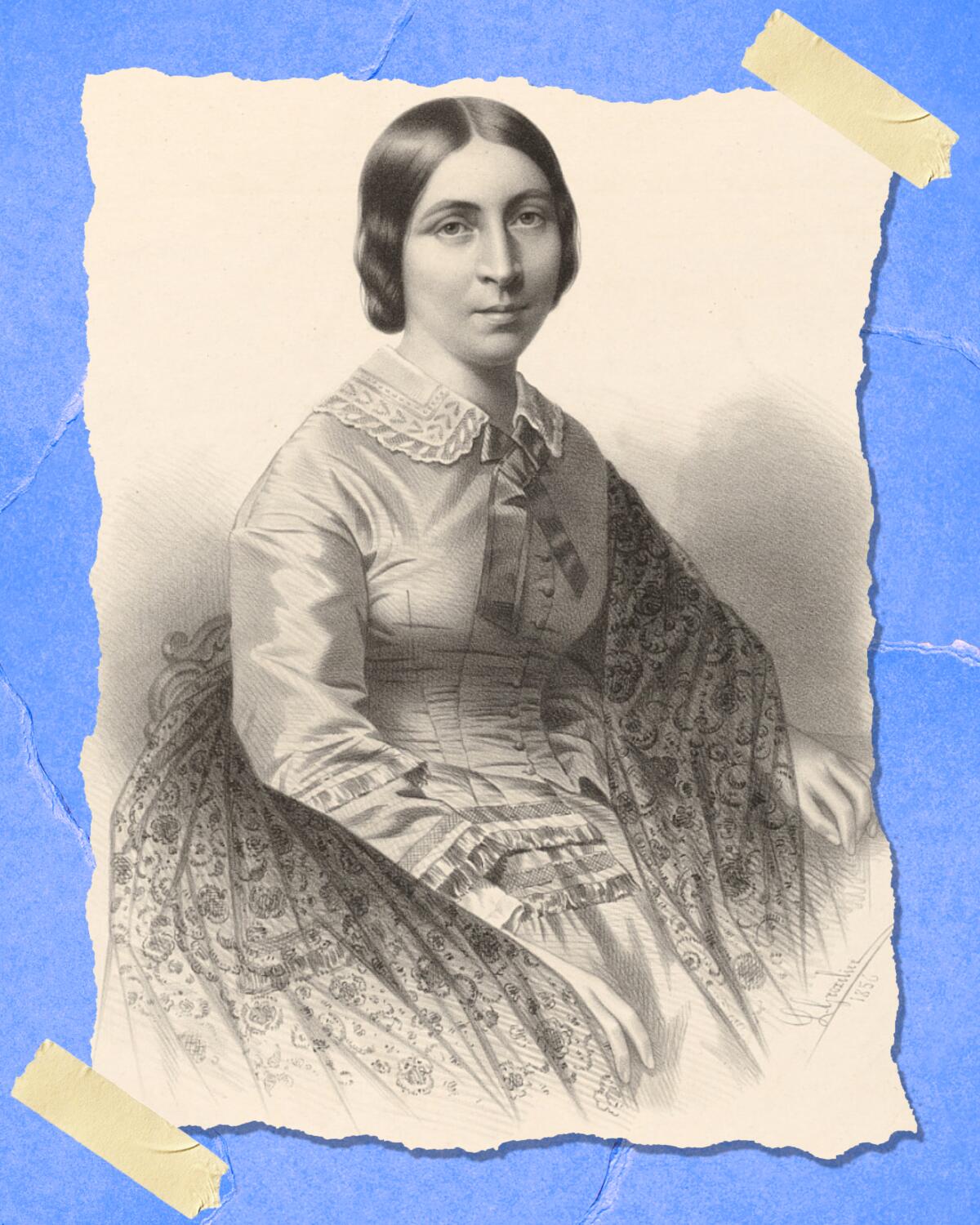
Shame on me. I knew little about Jessie Benton Frémont until the 19th century activist and “predecessor of the modern political spouse,” as the Atlantic magazine once called her, was recently inducted into the California Outdoors Hall of Fame. During her lifetime (1824-1902), she came to outshine her husband, John Charles Frémont, the Republican Party’s first presidential pick in 1856. The California connection: She urged her friend President Abraham Lincoln to sign the Yosemite Grant, the “first instance of land being set aside specifically for its preservation and public use by a national government,” according to the Hall of Fame. The Yosemite Grant became the basis for national and state parks. Frémont also wrote up her husband’s Western expeditions and became a “formative influence on America’s view of California.” Other 2022 inductees include cyclist Greg LeMond, fisheries protector Bill Jennings, outdoors radio broadcaster Bob Simms and Triple Crown record holder Heather Anderson. Anyone can nominate a candidate who has inspired thousands of Californians to take part in “the great outdoors and/or conservation” and taken part in a “paramount scope of adventures.” Those who make the cut are placed on a ballot and voted on by outdoors experts. Read more about the inductees and the Hall of Fame here.
Enjoying this newsletter? Consider subscribing to the Los Angeles Times
Your support helps us deliver the news that matters most. Become a subscriber.
Send us your thoughts
Share anything that’s on your mind. The Wild is written for you and delivered to your inbox for free. Drop us a line at TheWild@latimes.com.
Click to view the web version of this newsletter and share it with others, and sign up to have it sent weekly to your inbox. I’m Mary Forgione, and I write The Wild. I’ve been exploring trails and open spaces in Southern California for four decades.

Get ready for the Festival of Books
Sign up for the Book Club newsletter for a guide to the events, authors and other highlights of The Times’ annual book festival, returning in-person April 23-24 to the USC campus.
Sign up for The Wild
We’ll help you find the best places to hike, bike and run, as well as the perfect silent spots for meditation and yoga.
You may occasionally receive promotional content from the Los Angeles Times.




